Publications
2025
- Brain Behav
 MicroRNA Signatures Predict Brain Amyloidosis and Neurodegeneration in Alzheimer’s Disease: Insights from [18F] AV45 and FDG PET ImagingBrain and Behavior, 2025
MicroRNA Signatures Predict Brain Amyloidosis and Neurodegeneration in Alzheimer’s Disease: Insights from [18F] AV45 and FDG PET ImagingBrain and Behavior, 2025Purpose Alzheimer’s disease (AD) is a neurodegenerative disease primarily manifesting with cognitive decline. This study aimed to investigate the alterations in microRNAs in patients across AD continuum as potential biomarkers. Method Data were extracted from the Alzheimer’s Disease Neuroimaging Initiative (ADNI) database, including microRNA levels in the serum and cerebrospinal fluid (CSF) of patients across AD continuum. We analyzed the associations between microRNA levels and previously known AD biomarkers, such as amyloid beta (Aβ) accumulations in the brain and glucose reuptake values using positron emission tomography ([18F]AV45 and FDG PET, respectively). Findings The study found a significant positive correlation between CSF levels of miR‐210‐3p and Aβ accumulations in the brain (B = 4.69). Conversely, miR‐223‐3p levels were significantly lower in APOE‐ε4 carriers. Significant negative correlations were also observed between glucose reuptake and several miRNAs in the AD group. Specifically, plasma levels of let‐7g‐5p, mir‐423‐5p, and mir‐660‐5p were negatively associated with glucose reuptake in the brain. Conclusion Elevated levels of miR‐210‐3p correlate with Aβ accumulation, supporting previous findings of increased levels of certain microRNAs in patients with MCI and AD. Our findings highlight the potential of microRNAs as biomarkers of AD.
2024
- Arch Gerontol Geriatr
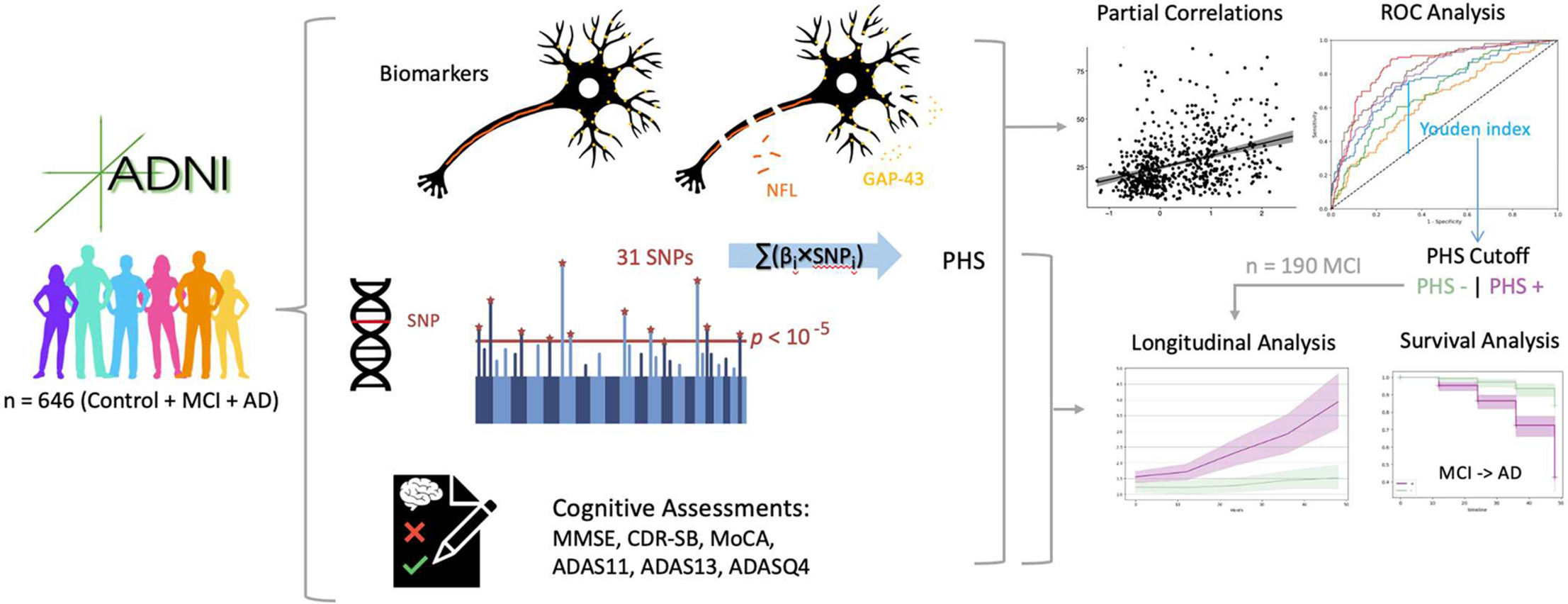 Polygenic hazard score profile is an effective genetic predictor of synaptic and axonal degeneration and cognitive decline in Alzheimer’s disease spectrumMohammad-Erfan Farhadieh, Mehrdad Mozafar, Saameh Sanaaee, Parastoo Sodeifi, Kiana Kousha, Yeganeh Zare, and 8 more authorsArchives of Gerontology and Geriatrics, 2024
Polygenic hazard score profile is an effective genetic predictor of synaptic and axonal degeneration and cognitive decline in Alzheimer’s disease spectrumMohammad-Erfan Farhadieh, Mehrdad Mozafar, Saameh Sanaaee, Parastoo Sodeifi, Kiana Kousha, Yeganeh Zare, and 8 more authorsArchives of Gerontology and Geriatrics, 2024Background Growth associated protein-43 (GAP-43) and neurofilaments light (NFL) are quantitative indicators of synaptic and axonal injury, are pathological characteristics associated with cognitive decline in Alzheimer’s disease (AD). We used Polygenic Hazard Score (PHS) to predict cognitive decline and its relationship with synaptic and axonal degeneration biomarkers. Method We enrolled 646 subjects: 93 with AD, 350 with mild cognitive impairment (MCI), and 203 controls. Variables included GAP-43, Plasma NFL, and PHS. 190 MCI with four years of follow-up (FU) cognitive assessments were applied for subgroup analysis of the relationship between baseline AD biomarkers and FU cognitive tests with and without considering the PHS cut-off. Finally, the impact of PHS on the incidence of MCI conversion to AD was assessed. Results We introduced PHS greater than 0.21 as positive PHS and below this threshold as negative PHS. Contrary to MCI PHS- patients, GAP-43 correlated with all the cognitive tests in four years of FU among PHS+ ones (negative correlations with MMSE and MoCA, while positive ones with ADAS11, ADAS13, and ADASQ4). At FU time points, PHS+ MCI scored higher compared to PHS- ones in ADAS11, ADAS13, ADASQ4, and CDR-SB tests, while MMSE and MoCA assessments were lower in PHS+. Moreover, MCI patients with positive PHS progressed to dementia more rapidly compared with the group with negative PHS. Conclusion Genetic hazard scores are detrimental in understanding the relationship between neurodegenerative biomarkers and cognitive decline in AD. PHS can enhance the prediction of cognitive outcomes and disease progression.
2023
- Front Mol Neurosci
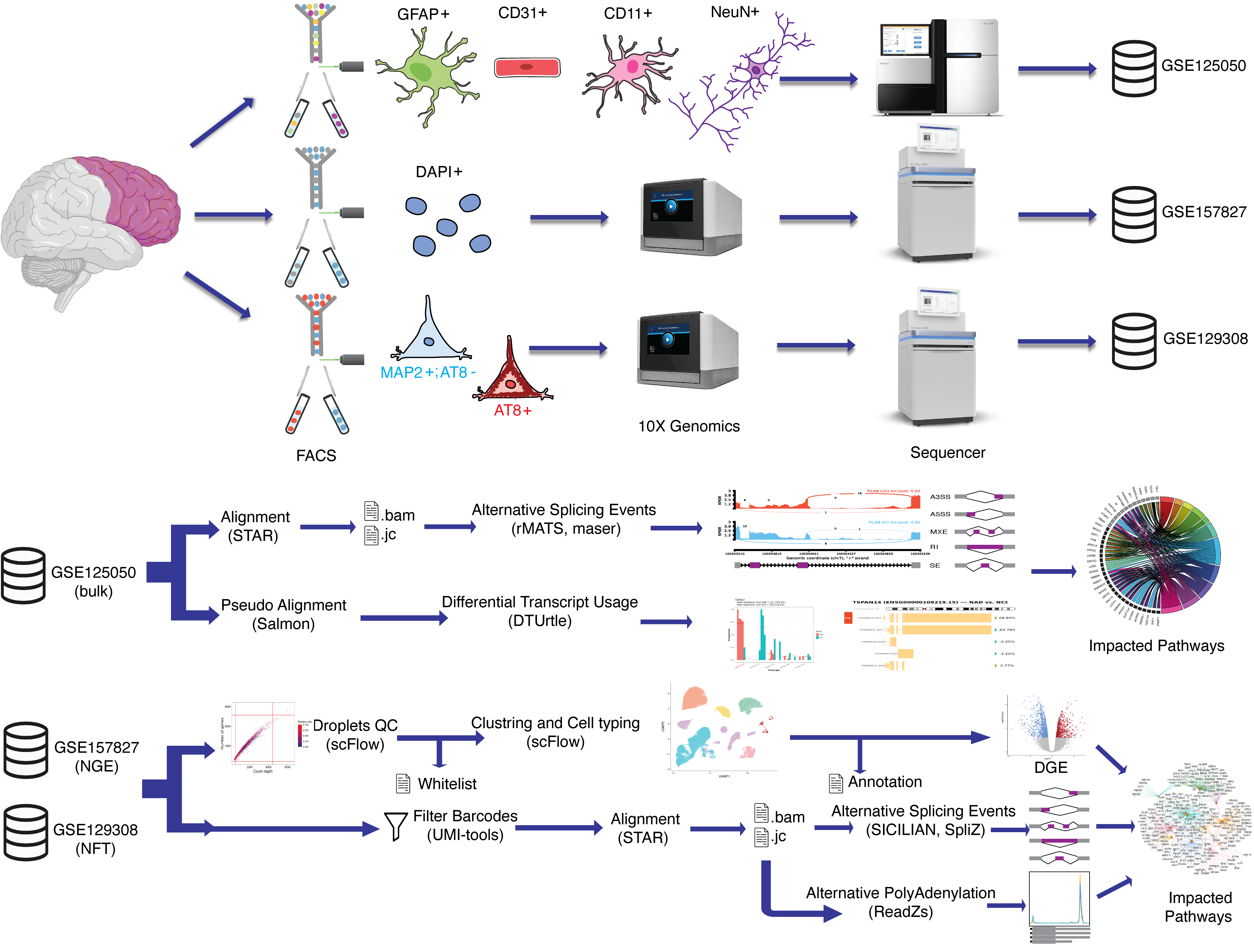 Analyzing Alternative Splicing in Alzheimer’s Disease Postmortem Brain: A Cell-Level PerspectiveMohammad-Erfan Farhadieh, and Kamran GhaediFrontiers in Molecular Neuroscience, 2023
Analyzing Alternative Splicing in Alzheimer’s Disease Postmortem Brain: A Cell-Level PerspectiveMohammad-Erfan Farhadieh, and Kamran GhaediFrontiers in Molecular Neuroscience, 2023Alzheimer’s disease (AD) is a neurodegenerative disease with no effective cure that attacks the brain’s cells resulting in memory loss and changes in behavior and language skills. Alternative splicing is a highly regulated process influenced by specific cell types and has been implicated in age-related disorders such as neurodegenerative diseases. A comprehensive detection of alternative splicing events (ASEs) at the cellular level in postmortem brain tissue can provide valuable insights into AD pathology. Here, we provided cell-level ASEs in postmortem brain tissue by employing bioinformatics pipelines on a bulk RNA sequencing study sorted by cell types and two single-cell RNA sequencing studies from the prefrontal cortex. This comprehensive analysis revealed previously overlooked splicing and expression changes in AD patient brains. Among the observed alterations were changed in the splicing and expression of transcripts associated with chaperones, including CLU in astrocytes and excitatory neurons, PTGDS in astrocytes and endothelial cells, and HSP90AA1 in microglia and tauopathy-afflicted neurons, which were associated with differential expression of the splicing factor DDX5. In addition, novel, unknown transcripts were altered, and structural changes were observed in lncRNAs such as MEG3 in neurons. This work provides a novel strategy to identify the notable ASEs at the cell level in neurodegeneration, which revealed cell type-specific splicing changes in AD. This finding may contribute to interpreting associations between splicing and neurodegenerative disease outcomes.
2020
- J Pharmacol Sci
 Exposure to methamphetamine exacerbates motor activities and alters circular RNA profile of cerebellumMahdi Eskandarian Boroujeni, Amin Nasrollahi, Puria Baghbani Boroujeni, Fatemeh Fadaeifathabadi, Mohammaderfan Farhadieh, Ava Modirzadeh Tehrani, and 4 more authorsJournal of Pharmacological Sciences, 2020
Exposure to methamphetamine exacerbates motor activities and alters circular RNA profile of cerebellumMahdi Eskandarian Boroujeni, Amin Nasrollahi, Puria Baghbani Boroujeni, Fatemeh Fadaeifathabadi, Mohammaderfan Farhadieh, Ava Modirzadeh Tehrani, and 4 more authorsJournal of Pharmacological Sciences, 2020Methamphetamine (METH) is a psychostimulant drug that acts on monoaminergic systems in the brain. There are several lines of evidence indicating the devastating effects of addictive drugs on the cerebellum. Moreover, it was shown that circular RNAs (circRNAs) have an important role in neurodegenerative disorders. Herein, we explored the effects of METH on neuronal degeneration, motor coordination and muscle activity. We also inspected METH-mediated changes in circRNA expression profiling in the cerebellum. Accordingly, exposure to METH triggered destructive effects on the coordination of movement of rats along with disturbed muscle activity. The fluorescent staining exhibited a significant increase in neurodegeneration in the cerebellum under the influence of METH. Besides, the number of calbindin positive Purkinje cells noticeably declined in METH-treated group compared with the control. In this regard, we identified and characterized differentially expressed (DE) circRNAs in the cerebellum under METH treatment, mainly located in dendritic spines. Moreover, based on feature and function analyzes of host genes of DE circRNAs, a large number of these genes were essentially involved in cell growth, death, inflammation and oxidative metabolism. Taken together, this data might imply the potential involvement of circRNAs in METH neurotoxicity as well as motor activity deficits.
- Metab Brain Dis
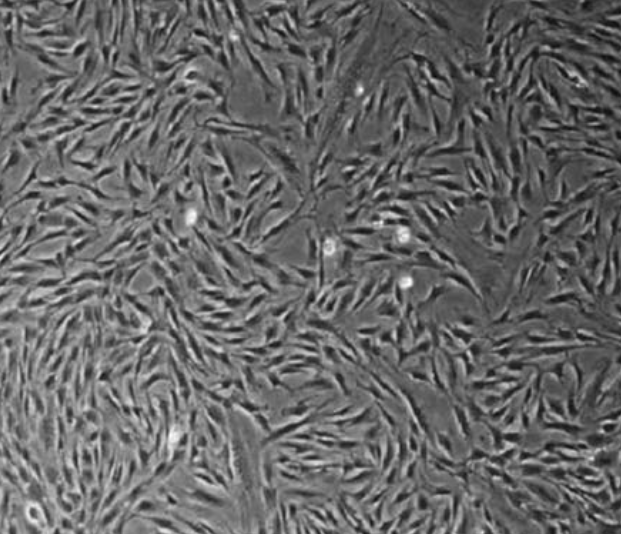 Grafted human chorionic stem cells restore motor function and preclude cerebellar neurodegeneration in rat model of cerebellar ataxiaMohammadhosein Akhlaghpasand, Mahdi Tizro, Amir Raoofi, Arman Zeinaddini Meymand, Mohammaderfan Farhadieh, Fariba Khodagholi, and 6 more authorsMetabolic Brain Disease, 2020
Grafted human chorionic stem cells restore motor function and preclude cerebellar neurodegeneration in rat model of cerebellar ataxiaMohammadhosein Akhlaghpasand, Mahdi Tizro, Amir Raoofi, Arman Zeinaddini Meymand, Mohammaderfan Farhadieh, Fariba Khodagholi, and 6 more authorsMetabolic Brain Disease, 2020Cerebellar ataxia (CA) is a form of ataxia that adversely affects the cerebellum. Cell replacement therapy (CRT) has been considered as a potential treatment for neurological disorders. In this report, we investigated the neuro-restorative effects of human chorionic stem cells (HCSCs) transplantation on rat model of CA induced by 3-acetylpyridine (3-AP). In this regard, HCSCs were isolated and phenotypically determined. Next, a single injection of 3-AP was administered for ataxia induction, and bilateral HCSCs implantation was conducted 3 days after 3-AP injection, followed by expression analysis of a number of apoptotic, autophagic and inflammatory genes as well as vascular endothelial growth factor (VEGF) level, along with assessment of cerebellar neurodegeneration, motor coordination and muscle activity. The findings revealed that grafting of HCSCs in 3-AP model of ataxia decreased the expression levels of several inflammatory, autophagic and apoptotic genes and provoked the up-regulation of VEGF in the cerebellar region, prevented the degeneration of Purkinje cells caused by 3-AP toxicity and ameliorated motor coordination and muscle function. In conclusion, these data indicate in vivo efficacy of HCSCs in the reestablishment of motor skills and reversal of CA.
- J Cell Physiol
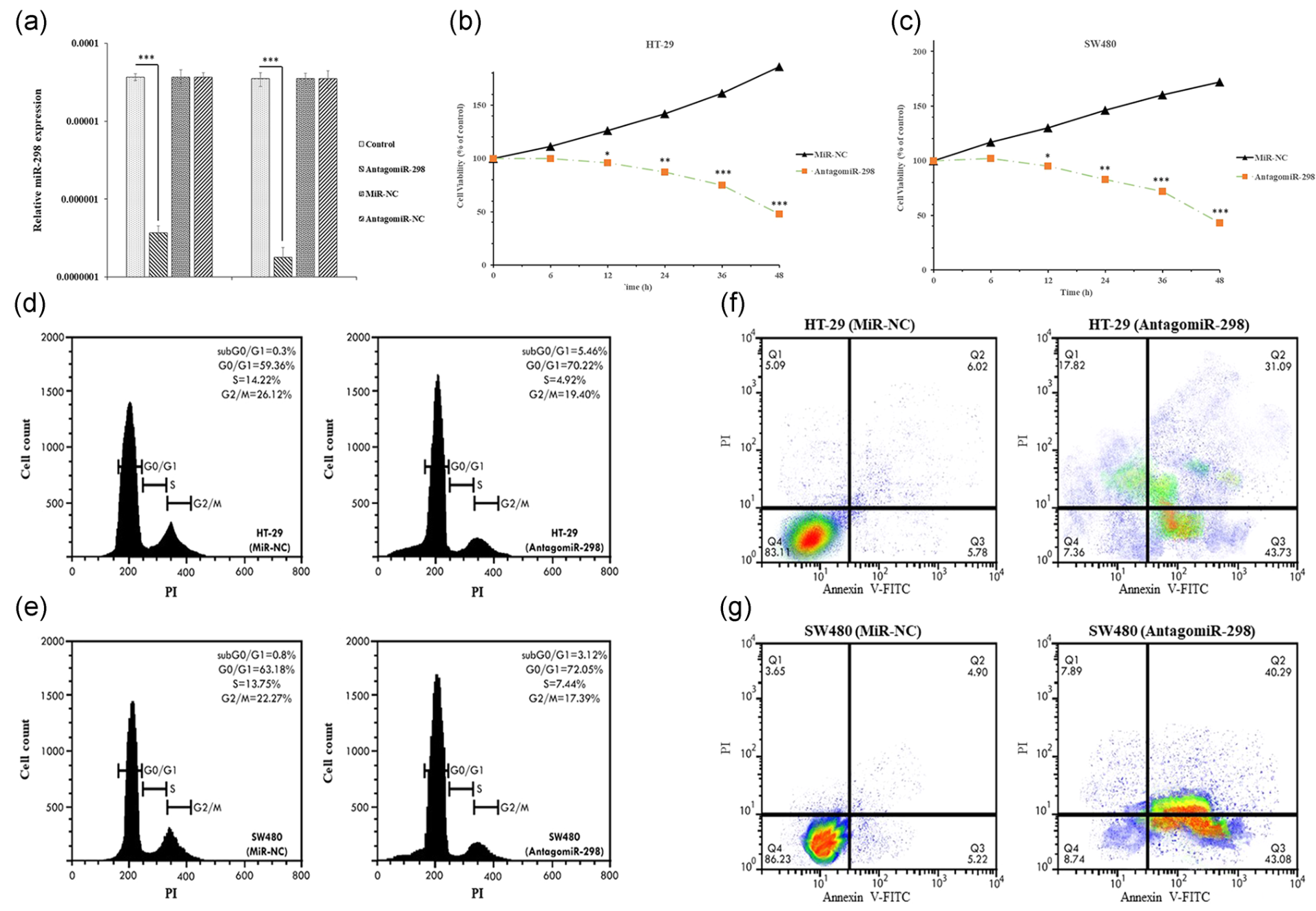 miR‐298 plays a pivotal role in colon cancer invasiveness by targeting PTENZahra Arabsorkhi, Ehsan Gharib, Javad Yaghmoorian Khojini, Mohammad‐Erfan Farhadieh, Ehsan Nazemalhosseini‐Mojarad, and Mohammad Reza ZaliJournal of cellular physiology, 2020
miR‐298 plays a pivotal role in colon cancer invasiveness by targeting PTENZahra Arabsorkhi, Ehsan Gharib, Javad Yaghmoorian Khojini, Mohammad‐Erfan Farhadieh, Ehsan Nazemalhosseini‐Mojarad, and Mohammad Reza ZaliJournal of cellular physiology, 2020Evidence indicate that the miR-298 dysregulation might associate with colorectal cancer (CRC) development. Herein, we evaluated the effect of miR-298 dysregulation on colon cancer invasiveness. First, metabolic activity, cell cycle progression, apoptosis, and invasion of miR-298 overexpressed/knocked out colon cancer cells were examined and combined with their transcriptome analysis data for better visualization of miR-298 intracellular signaling networks. Interaction between miR-298 and its target was evaluated with luciferase assay and validated using western blot analysis. The proportion of abnormal miR-298 level was investigated in tumor samples, matched normal adjacent tissues, and plasmas of 100 CRC patients, and also compared with 100 normal plasma samples. The Mann-Whitney U test was performed to assess miR-298 differences among the studied groups, and the correlation between miR-298 and the risk of CRC was shown by univariate and multivariate logistic regression. The data indicate that miR-298 overexpression promoted proliferation and metastasis in CRC cells via targeting phosphatase and tensin homolog. Comparative analysis of CRC tumors, normal adjacent tissues, and plasmas indicated a significant miR-298 upregulation in tumors and plasmas (1.72-fold and 1.65-fold, respectively; p < .001). Also, the aberrant level of miR-298 contributed with CRC tumor differentiation, TNM stage and lymph node metastasis (p < .001), and independently associated with poor survival of CRC patients (p < .029; hazard ratio: 1.292; 95% confidence interval: 0.339-2.184). Collectively, these data showed that abnormal level of miR-298 correlated with cancer development and through that lowered the overall survival rate of CRC patients. Therefore, miR-298 could be considered as a therapeutic target for CRC.
2019
- civilica
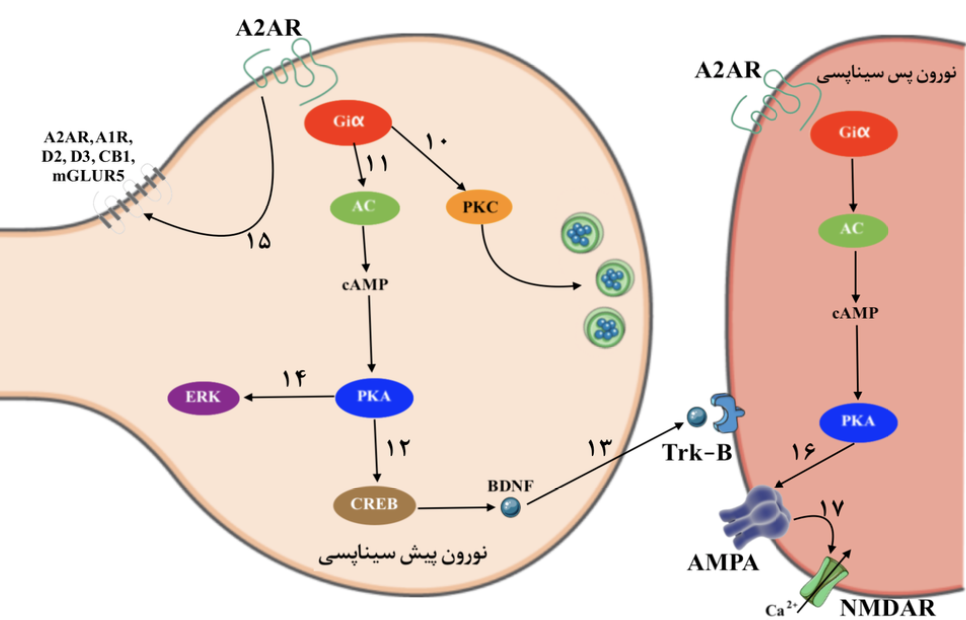 The effect of purine derivatives in chocolate and coffee on the nervous system regenerationMohammaderfan Farhadieh, Niloofar Kazemi, and Seyed-Morteza JavadiradNational Symposium on Chocolate, Coffee and Natural Sweeteners, 2019
The effect of purine derivatives in chocolate and coffee on the nervous system regenerationMohammaderfan Farhadieh, Niloofar Kazemi, and Seyed-Morteza JavadiradNational Symposium on Chocolate, Coffee and Natural Sweeteners, 2019Nowadays, neurodegenerative diseases such as Alzheimer’s and Parkinson’s have become a major challenge for governments. People with these diseases face disruptions in their daily work that not only reduce their efficiency and may lead to job loss, but also increases the costs of social services and caring for them. Chocolate and coffee are proper candidates for the prevention and treatment of these diseases due to their ingredients. The present study aimed to investigate the neurotoxicity of purine derivatives in chocolate and coffee to prevent neurodegenerative diseases. Evidence suggests that regular consumption of coffee and dark chocolate can promote brain health and may reduce the risk of age-related neurogenic disorders. However, in coffee beans and cacao beans, there are numerous other molecules along with purine derivatives that may help our molecular understanding. Methylxanthines such as caffeine, for example, make up a large volume of coffee and cacao and are among the most widely studied phytochemicals. These substances have clear effects on the activity of neural networks and enhance sustained cognitive function and can play neuroprotective roles in animal models of stroke, Alzheimer’s disease, and Parkinson’s disease. Caffeine acts as an antagonist for various classes of adenosine-dependent receptors and may also help biochemical metabolites such as theobromine and theophylline have beneficial effects on coffee and cacao in brain health.